Fluctuating surges of temperature, dry air, short days and limited natural light are the four main problems affecting houseplants as the winter months draw near. To alleviate the strain on your beloved houseplants then remember to take extra care of them over the next few months to keep them happy.
WATER LESS
This may sound illogical but actually, during the winter season, the growing rate of houseplants will slow right down, some even become completely dormant.
Although the dry air and central heating may be a concern for your indoor foliage, you run the risk of root rot if you overwater.
Obviously all houseplants will require different conditions and maintenance, some will need more watering then others and some such as cacti may not need watering at all until the spring.
Over time you will get to know your plants needs but if you’re ever unsure whether or not they need a drink then poke your finger an inch below the surface of the soil; if it’s bone dry then it’s probably time to give them a little watering. Remember before you fill up your watering can; try to match the water temperature to your plants environment and avoid shocking the roots.
IMPROVING HUMIDITY
Quite possibly the biggest hindrance to your houseplant this winter will be the lack of moisture in the air. Central heating and dehumidifiers sap your home of moisture which can cause your plants to crave a little rejuvenation through other means.
As previously mentioned, overwatering or sitting your plants in water will likely lead to root rot so to give back some moisture try placing rocks/pebbles in a bowl of water then sit your plant on top. This keeps the roots away from direct soaking, creates drainage and allows any water vapours evaporating from the bowl to refresh your plant.
If possible try to relocate your plants to locations within the home that offer higher humidity such as the bathroom or kitchen as they tend to offer the steamiest conditions.
Home dehumidifiers draw moisture from the air so if you have one in your home, try to group houseplants together as they will tend to release and absorb any moisture from a neighbouring plant.
Some would advise to mist your plants with a hand held spray but there is actually little benefit unless of course you are prepared to do this several times a day as fine water droplets will evaporate before the plant has a chance to feel the benefit.
NICE AND COSY
Like yourself, your houseplant will prefer a comfortable temperature around 20 degrees Celsius. Avoid fluctuations of extreme temperature changes and drafts. It’s important to avoid contact or placing your plants too close to radiators, drafty areas, active fireplaces and electronic devices that may produce spikes of temperature change.
SUN SEEKERS
As we know, natural daylight is limited during the winter months so if you can, try to find a brighter sunnier spot, south facing is best for all day sun but be sure to avoid frosty or drafty windowsills.
Remember to occasionally rotate your plants as they will naturally grow towards the sun, this keeps the direction of your plant growth even.
DON’T KILL THEM WITH KINDNESS
Now is not the time to fertilise your houseplants, it’s always best to wait until the spring for this job as it could easily hinder the natural cycle of your plant.
If your plants are outgrowing their pots, don’t move them now, wait until the spring before you re-pot or take cuttings, they will grow very little through the winter so it’s best to let them rest and sleep during the winter and pamper them in the spring time when they are ready to grow again.

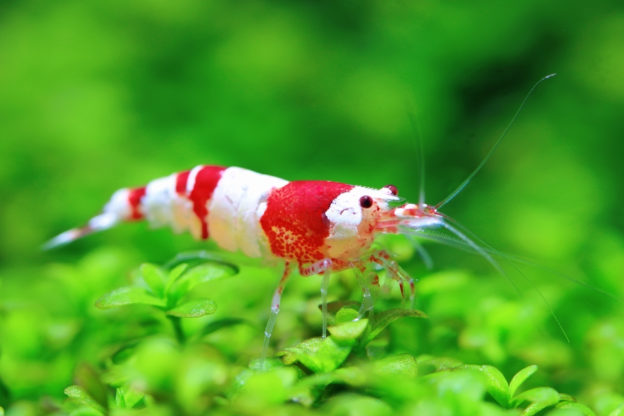
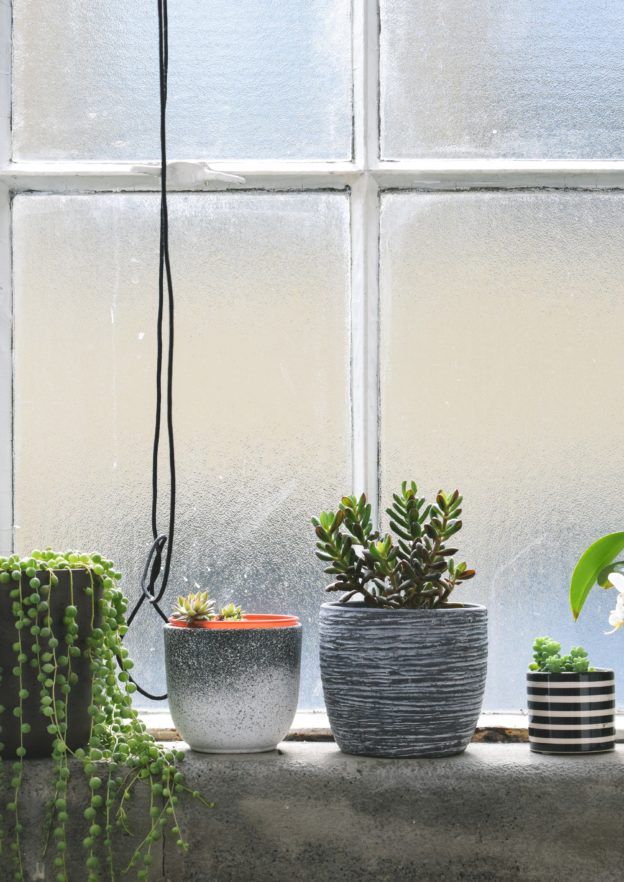

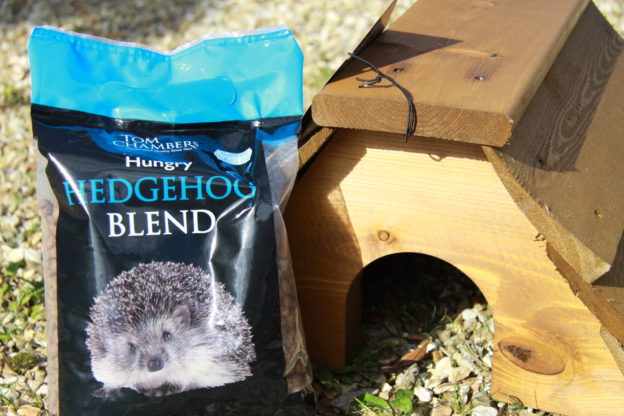

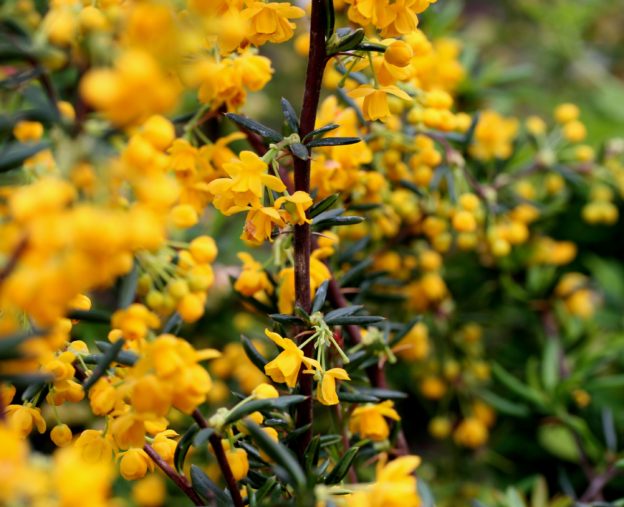


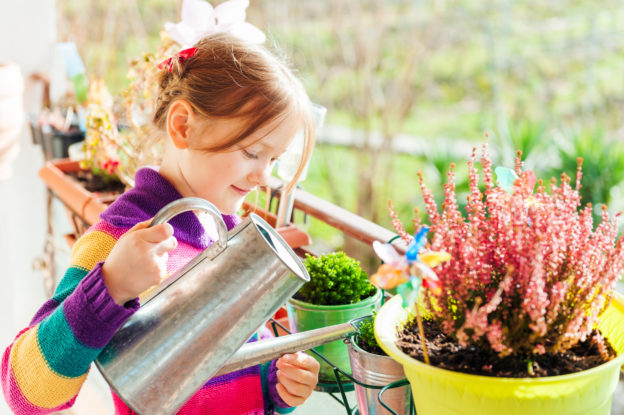
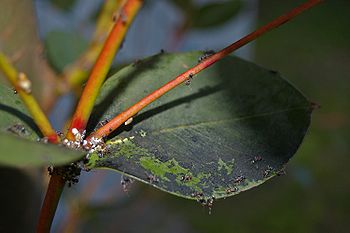
 – The most obvious symptom is the dark brown or black and ‘sooty’ mould spores and fungal growth that are usually found on the top side of the leaf
– The most obvious symptom is the dark brown or black and ‘sooty’ mould spores and fungal growth that are usually found on the top side of the leaf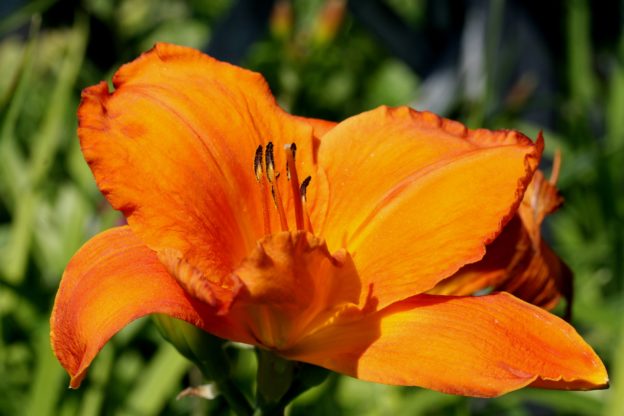
 Stake any flowers that are overly tall or heavier at the top to keep them safe from wind damage.
Stake any flowers that are overly tall or heavier at the top to keep them safe from wind damage. – Harvest beans. Both French and Runner beans need to be picked early and often. This will prevent them from going to seed, stop them from becoming stringy and also encourage a second growth.
– Harvest beans. Both French and Runner beans need to be picked early and often. This will prevent them from going to seed, stop them from becoming stringy and also encourage a second growth.

 – Taking a glance can be misleading; be warned that whilst the top layer of compost in your container may look dry, this may not be the same all of the way through.
– Taking a glance can be misleading; be warned that whilst the top layer of compost in your container may look dry, this may not be the same all of the way through.




